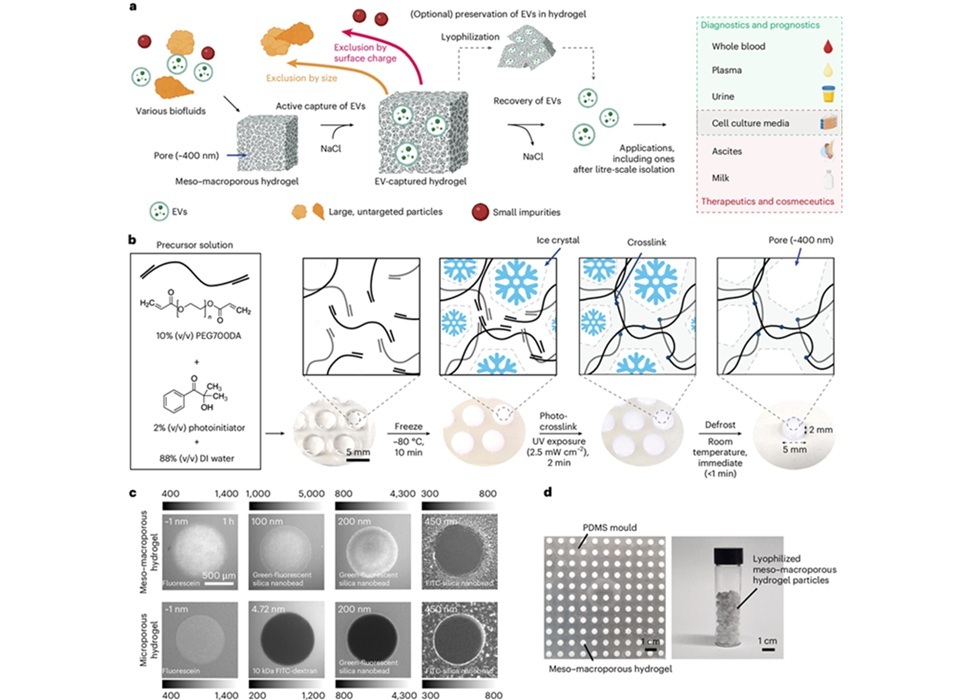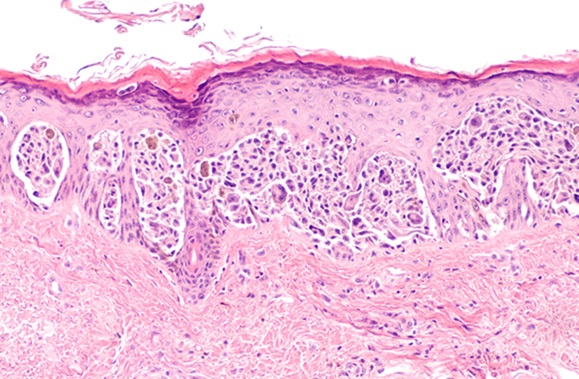Super-Resolution Imaging Detects Parkinson's 20 Years Before First Motor Symptoms Appear
Posted on 18 Sep 2024
Parkinson's disease is the second most common neurodegenerative disorder globally, affecting approximately 8.5 million people today. This debilitating condition is characterized by the destruction of dopamine-producing neurons in the brain's Substantia Nigra. Currently, Parkinson's disease is diagnosed primarily based on clinical symptoms such as tremors or gait disturbances, along with associated questionnaires. However, these symptoms typically appear at a relatively advanced stage of the disease, by which time over 50%, and in some cases up to 80%, of the dopaminergic neurons in the Substantia Nigra have already been lost. As a result, available treatments are limited, mainly addressing motor issues.
A key feature of Parkinson's is cell death caused by the accumulation of the alpha-synuclein protein. This protein begins to aggregate approximately 15 years before symptoms appear, and cell death starts 5-10 years before diagnosis is possible using current methods. This leaves a significant diagnostic window of up to 20 years, during which the disease could potentially be detected and prevented before symptoms manifest. If the process is identified early in individuals aged 30, 40, or 50, it may be possible to prevent further protein aggregation and subsequent cell death. Researchers at Tel Aviv University (Tel Aviv, Israel), in collaboration with three major Israeli medical centers, have now developed a novel method for detecting protein aggregation in cells. This technology could allow for diagnosis up to 20 years before the onset of motor symptoms, paving the way for early intervention or prevention of the currently incurable disease.

This new approach utilizes super-resolution microscopy combined with computational analysis to precisely map the molecules and structure of protein aggregates. Previous research has shown that alpha-synuclein aggregates also form in other parts of the body, including the skin and digestive system. In the current study, the researchers examined skin biopsies from 7 people with Parkinson's disease and 7 people without the condition. Using a unique microscope and a technique called super-resolution imaging, combined with advanced computational analysis, the team was able to map the distribution and aggregation of alpha-synuclein molecules. The findings, published in Frontiers in Molecular Neuroscience, revealed a higher concentration of protein aggregates in individuals with Parkinson's compared to those without the disease. Additionally, nerve cell damage was observed in areas with large concentrations of the pathological protein. With this proof of concept, the researchers plan to expand their study by analyzing a larger sample of 90 biopsies—45 from healthy individuals and 45 from those with Parkinson's disease—in order to further explore differences between the two groups.
"Our technology will enable the detection of initial signs of Parkinson's at the cellular level up to 20 years before the first motor symptoms appear. We hope that such early diagnosis will facilitate preventive treatment for this currently incurable disease," the researchers noted.















